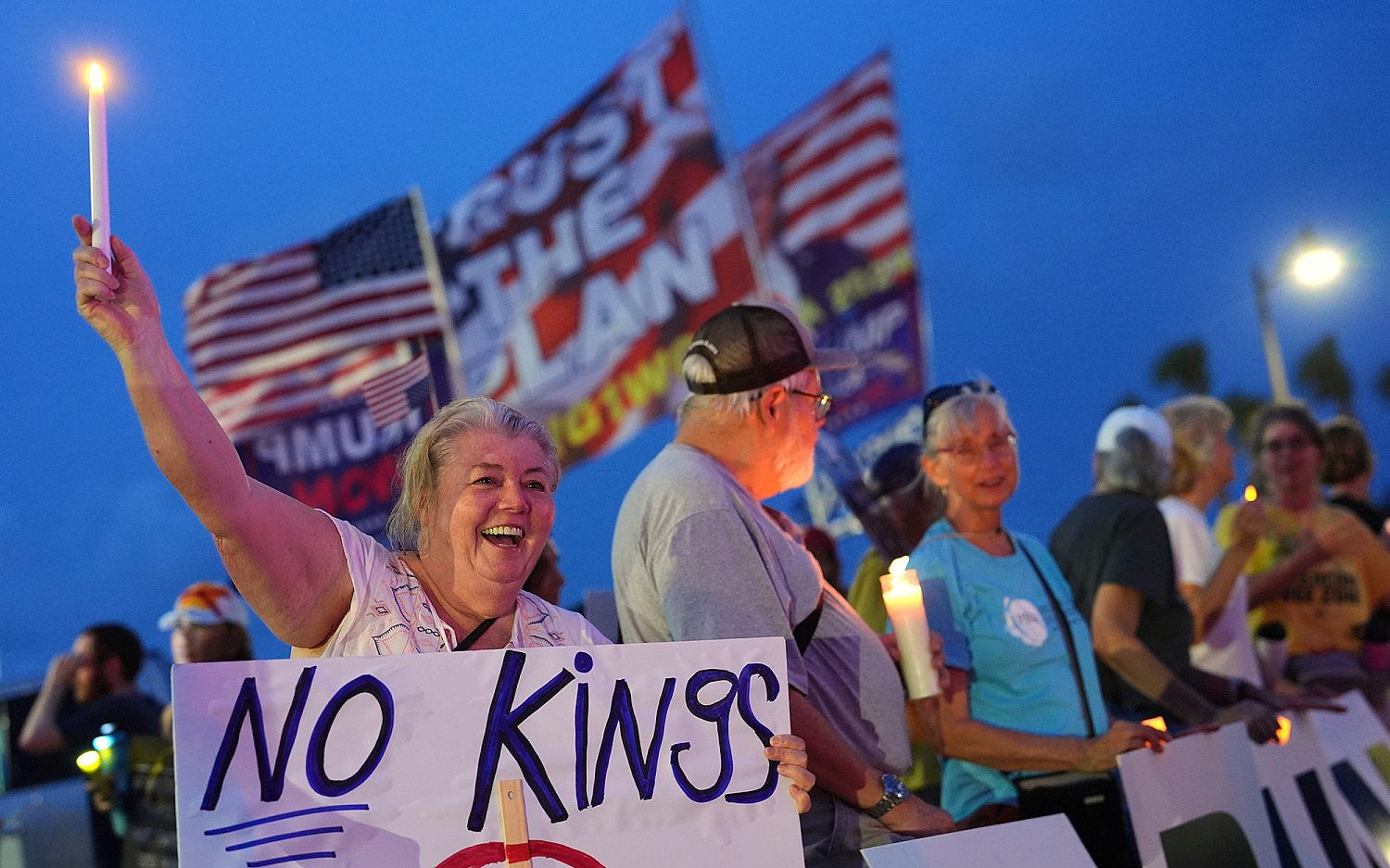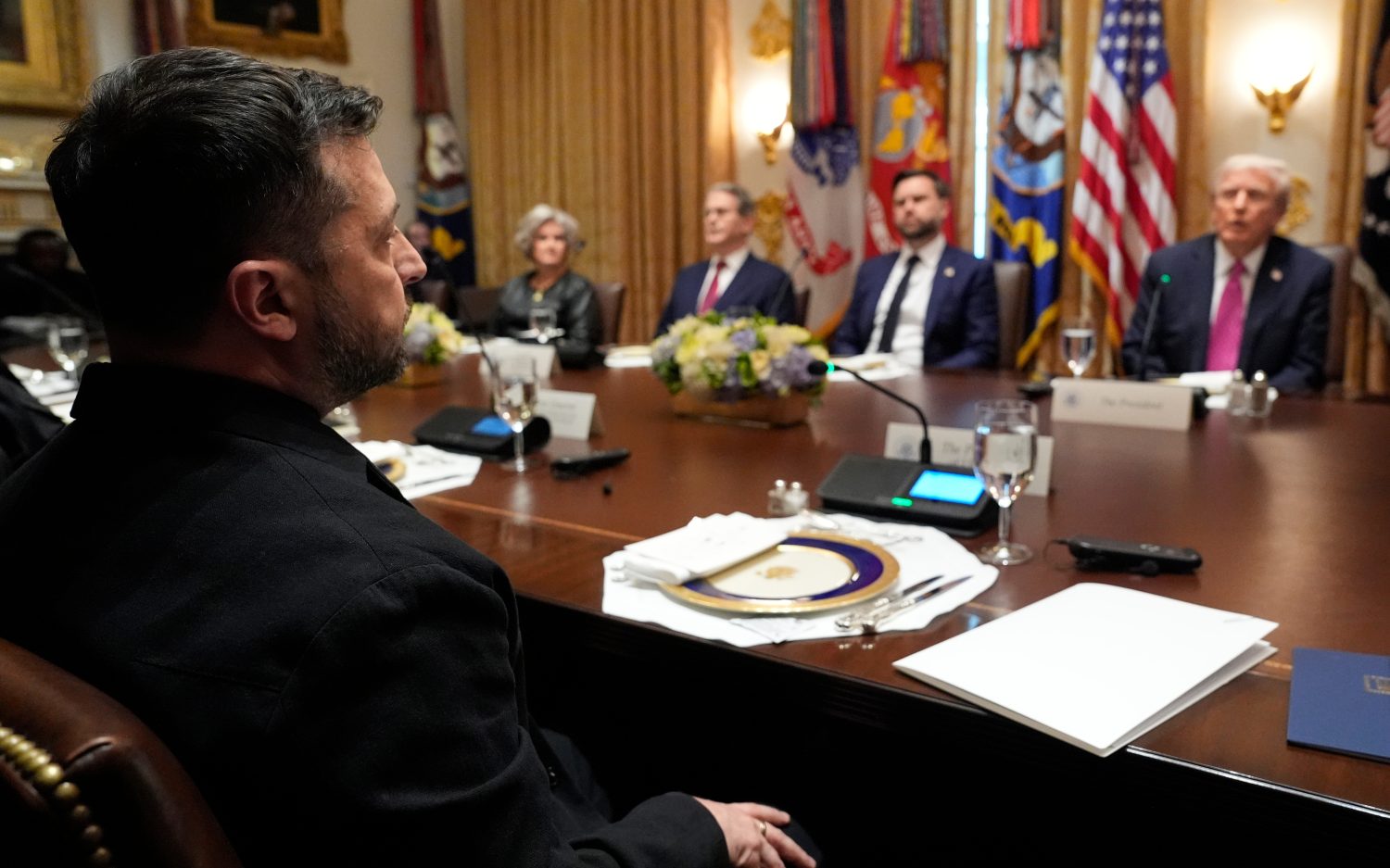Mosquitos carrying Chikungunya hitchhiking to the U.S.
The Asian tiger mosquito, a species that carries the chikungunya virus, is likely hitchhiking its way from Panama toward North America inside cars and trucks, according a recent study conducted at the Smithsonian Tropical Research Institute (STRI) in Panama City, Panama. Chikungunya, which is just starting to appear in the United States, causes debilitating joint pain that can linger for weeks, but it’s rarely fatal.
Panamanian health authorities first detected the tiger mosquito in 2002 and documented its spread from Panama City. Their data, along with years of surveys conducted by the STRI, indicate the tiger mosquito relies on roadways to disperse. The researchers warn the mosquitos spread poses an imminent threat for humans throughout the Americas.
Since the discovery of chikungunya in Africa in 1952, occasional outbreaks have also appeared in South Asia and Southeast Asia. The Asian tiger mosquito has expanded its territory in the past 30 years and now covers more than 40 percent of the earth’s landmass. Since 2006, chikungunya has been increasingly recorded in areas outside Africa and Asia.
In the spring and summer of 2014, the illness swarmed across the Caribbean, sickening most people in the country. About the same time it also first appeared in Panama, but the cases were reported in nonresidents who most likely picked it up in their Caribbean countries of origin. In July, doctors reported the first cases of locally acquired illness.
To date, the illness has been detected throughout much of the Americas, with local transmissions also in Venezuela, Peru, and Chile. As of Jan. 13, a total of 2,344 chikungunya cases have been reported in the United States. Eleven of the cases were acquired within the United States, all in Florida. According to the Centers for Disease Control and Prevention, imported cases are likely to continue to rise and could result in the spread of the virus in the United States.
Chikungunya is characterized by a sudden onset of fever followed by extreme body aches, fatigue, and sometimes nausea. Some people recover quickly, but for others the symptoms can linger for weeks, months, or even years. It often sickens an entire family at the same time. Such was the case for Ben and Heather Hopp, missionaries in Haiti for the past seven years.
Last July, Ben, Heather, and all four of their children, ages 2 to 13, contracted the illness simultaneously.
“The mosquitoes are opportunistic biters,” Heather Hopp said. “They take a sip of blood and fly to the next person, take a sip and fly to the next person.” Emma Grace, 11, was hit the hardest. Now, six months later, she has not yet been able to resume playing the piano because of pain in her fingers. The other Hopp children still battle low energy. “Our backyard is quiet,” Hopp said. “The kids don’t have the energy to ride a bike, climb a tree, or play like they used to.”
People who have had the disease generally don’t get it again, so there is hope the rapid spread in Haiti will not resume when the weather gets warmer. Panama officials, however, warn mosquitoes could easily carry the disease beyond its borders. The STRI recommends vehicles be fumigated at transportation checkpoints to kill any mosquitoes trying to hitch a ride to North America.
An actual newsletter worth subscribing to instead of just a collection of links. —Adam
Sign up to receive The Sift email newsletter each weekday morning for the latest headlines from WORLD’s breaking news team.





Please wait while we load the latest comments...
Comments
Please register, subscribe, or log in to comment on this article.